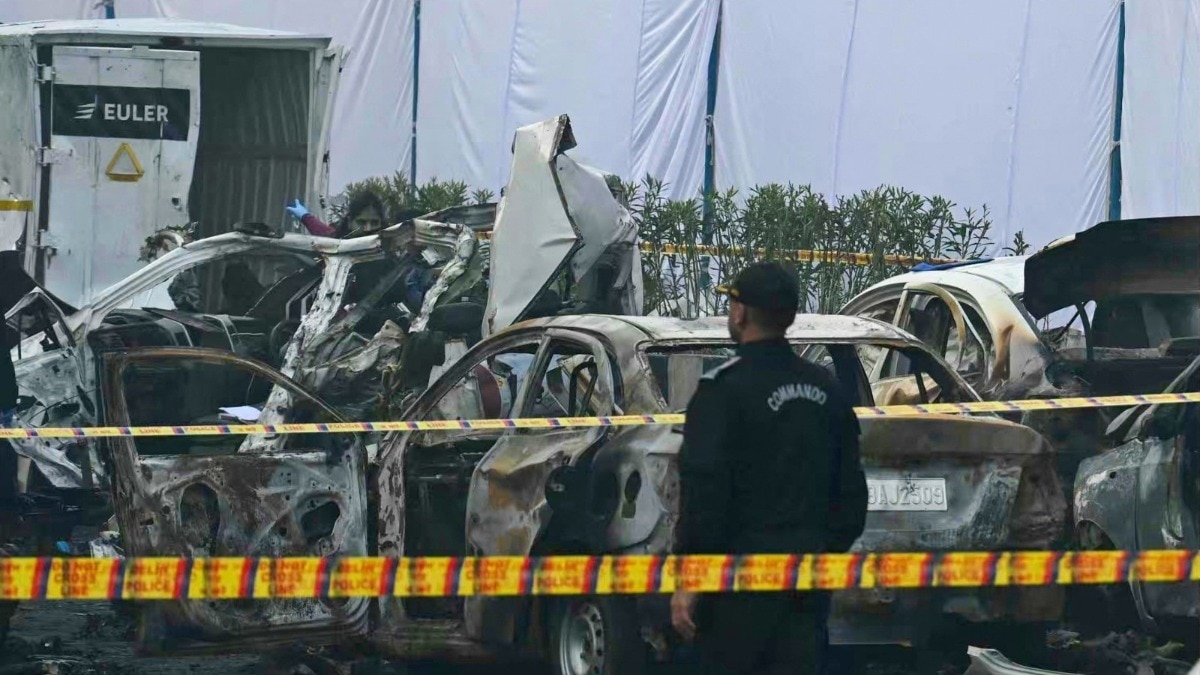When a police team stumbles upon a major explosives haul, whether during a routine raid, an anti-terror operation, or intelligence-led crackdown, the next few minutes decide everything. A single wrong move can trigger catastrophic chain reactions. Which is why India’s security grid follows a rigid, non-negotiable SOP designed for one purpose: neutralise the threat without risking more lives.
India Today breaks down the standard protocol followed by state police, Special Cell, NIA, NSG, and district bomb squads when they encounter a sizeable stock of Ammonium Nitrate, ANFO, or the far more unstable TATP, the explosive often dubbed “Mother of Satan”.
advertisement
WHAT HAPPENED IN KASHMIR
Before we understand the official procedure on the handling and transportation of such explosives, let's have a look at what happened once the seized explosives reached Kashmir.
The explosives, close to 360 kgs of ammonium nitrate, some liquid chemical material, had arrived in Srinagar's Nowgam police station two days before the blast, it was transported using a Tata 407 truck via Delhi-Srinagar national highway, the seized explosive material was packed in small packages.
For two days different police investigative teams came to see the seizure. On the evening of October 14, Forensic Science Laboratory (FSL) squad , State Investigation Agency (SIA) team led by an inspector, local revenue magistrate team, two crime branch photographers and a civilian tailor was inside the No
Continue Reading on India Today
This preview shows approximately 15% of the article. Read the full story on the publisher's website to support quality journalism.
